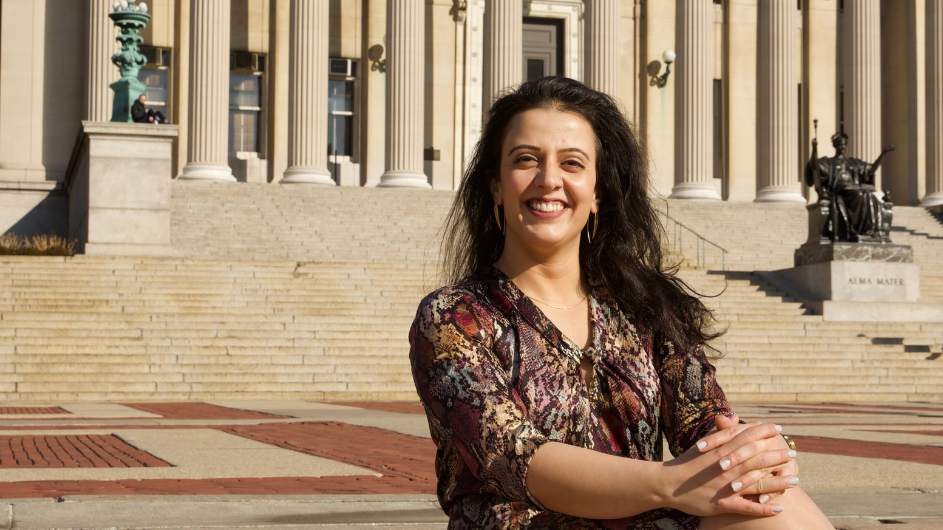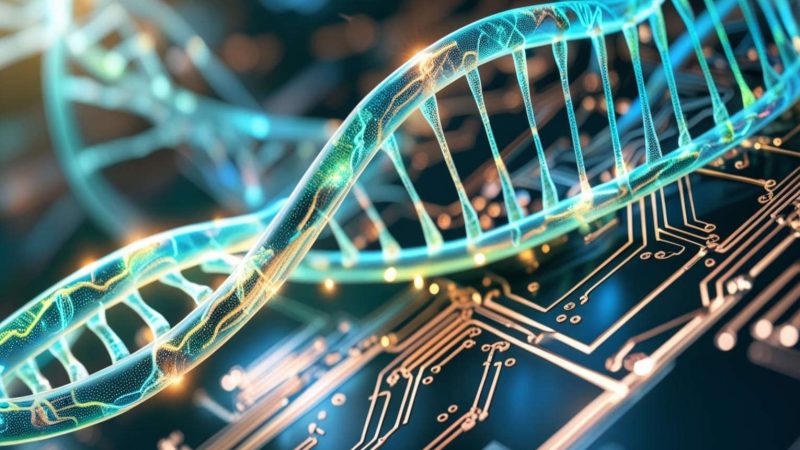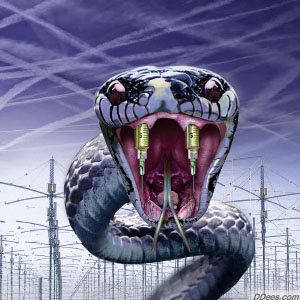Synthesizing Superatoms and Finding Success in Science


Researchers involved with Columbia’s National Science Foundation-funded Materials Research Science and Engineering Center are hard at work creating and studying new materials with potential applications in quantum technologies, optoelectronics, and energy transport. The latest creation from the labs of chemists Xavier Roy and Colin Nuckolls is graphullerene, a superatomic form of carbon synthesized for the first time in a recent article in Nature.
Leading the charge on this new material was Elena Meirzadeh, a postdoc who joined Columbia from Israel’s Weizmann Institute in 2018 to learn the secrets of synthetic chemistry with the Roy and Nuckolls labs. Meirzadeh shared her thoughts with Columbia News about molecules, superatoms, and the importance of mentorship as she continues her career as a woman in science.
Where did your interest in science originate?
I was born and spent my childhood in Tehran, before moving to Jerusalem when I was 12. My dad was an electrical engineer, but I didn’t really meet a lot of scientists growing up. My mom thought I should become a dentist; I originally wanted to be an architect, but I felt like I was really bad at drawing and handwriting things—little did I know everything would soon be electronic!
Really though, everything seemed interesting and I struggled to find a focus. But I had these conversations with my uncle about weird inventions and startups doing things like making televisions you could smell or self-cleaning fabrics—things that would change people’s lives.
I realized these were applications of nanotechnology, and I decided that’s what I wanted to pursue. But then I had to figure out how. I knew I needed a science degree, but I thought physics would be too hard and that biology had too many things to memorize. I landed on chemistry, with special thanks to my high school chemistry teacher, who first showed me what went into real experiments.
What was your path to your PhD?
After high school I enrolled at Hebrew University. I planned to get my undergraduate degree and go straight to industry but during my second year, I heard about a summer science program at the Weizmann Institute of Science. It was a two-week program that came with a little scholarship. I had worked all summer to pay for school, so it was like a little paid vacation. I ended up having the best time, and I decided that I wanted to pursue a PhD there.
The problem was, I wasn’t great at school. I hated sitting still all day. I managed to improve my grades and interviewed, but I wasn’t accepted. At least initially. So I got another letter of recommendation and decided to write to the dean directly to ask for another chance, and that was that: I got in.
I didn’t feel like I fit in at first, but I had two amazing advisors who did everything in their power to convince me otherwise. One was a chemist, the other an engineer, and they exposed me to really different ways to approach science and ask scientific questions. It was nice to see a balance—asking fundamental scientific questions is great, but you don’t want to be too in the clouds and detached from the potential applications of your work.
What did you study, and how did that lead you to Columbia?
My thesis was titled, “The Beauty of Imperfections in Molecular Crystals.” Basically, I studied defects in materials and how those imperfections affected their properties. For example, silicon needs intentional defects—introduced via a process called doping—in order for it to be a good transistor in our electronic devices. I also studied how polar crystals affect the freezing temperature of water, which has implications for areas like agriculture, satellites, and airplanes. By using advanced detection technologies, we can get really detailed structural information about a material, which can then help us understand and improve it for whatever purpose you may have in mind.
I did a lot of crystal characterization during grad school, but I really wanted to learn advanced synthesis techniques to make new materials. That’s something that Columbia does really well. I saw one of Xavier Roy’s papers about these unique crystals made from superatoms and they looked like a lot of fun to work with!
So what is a superatom?
Superatoms are large molecules made from many atoms. Other kinds of molecules will have properties that vary in different areas, but superatoms act as a single unit—in a way, like one huge atom. But their properties can also differ from their constituent elements.

